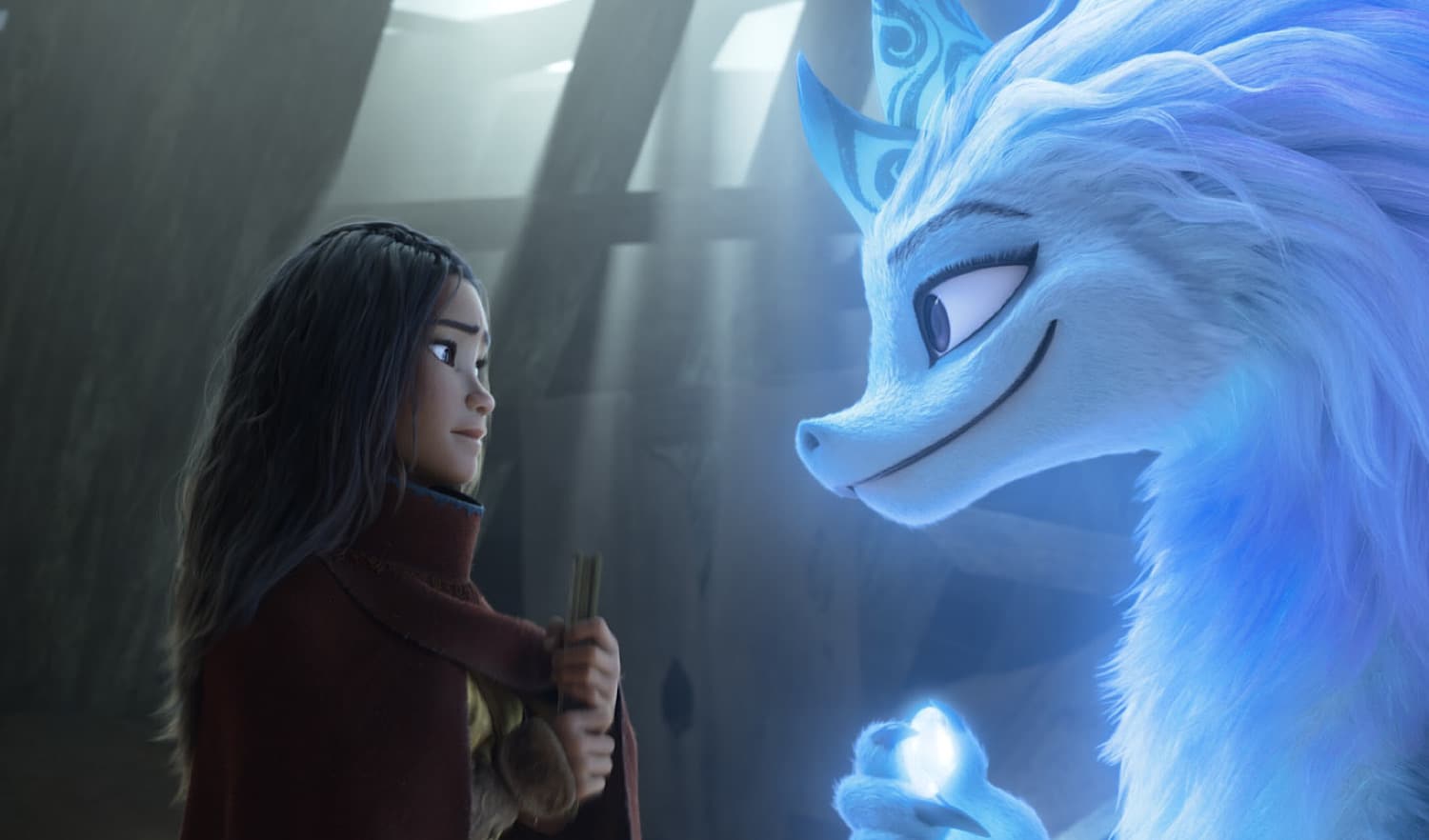JONAR COWAN WRITES — With bias regarding the origins of COVID-19 contributing to Asian hate crimes, the premiere of Disney’s animation Raya and the Last Dragon March 5 helps us forget all that for a brief second.
‘Raya and the Last Dragon’ is revolutionary in its representation of a kind of pan-Asian culture. Directors and Disney veterans Don Hall and Carlos Lopez Estrada were able to create a phenomenal fantasy world filled with complex character connections, visual aesthetics and an emotional story-line to capture the hearts of viewers-by drawing from an amalgam of Southeast Asian countries such as Cambodia, Laos, Thailand, Vietnam, Singapore, Indonesia, the Philippines, Myanmar and Malaysia. The movie presents a groundbreaking cultural blend in various scenes, such as ones that show warring styles showcasing Filipino fighting sticks called arnis, and distinctive jewelry styles native to various nations.
In addition, both directors have continued Disney’s commitment to injecting morals and values into their films. Disney’s ‘Toy Story‘ emphasizes setting high goals, as Buzz Lightyear makes a commitment to solving every problem. Similarly, Disney’s ‘Finding Nemo‘ demonstrates Dory’s positive and optimistic outlook no matter the situation with the mantra of “just keep swimming” as Marlin anxiously searches for his son.
Following in these cinematic footsteps, ‘Raya and the Last Dragon’ takes you on an action-packed adventure story filled with family values and characters awarded second chances. In the beginning, Raya is betrayed by her newly found friend,Namaari, when magical stone (that keeps monsters from turning people to stone) breaks into five pieces. Multiple instances between Namaari and Raya lead to fighting. In one scene, at a critical juncture when everything might be restored to normal,Namaari and Raya’s distrust prevent this from happening. Nearing the end of the movie, Raya decides to trust Namaari and restore balance to the world rather than let past grievances cause the downfall of humanity.
‘Raya and the Last Dragon’ presents a world divided into five nations (Heart, Fang, Spine, Talon, and Tail) that are constantly in conflict with each other for the dragon stone. During a peace ceremony, Namaari, one of Fang’s members, tricks Raya into showing the dragon magic, causing a huge commotion in which the stone is shattered, and monsters called Druun, who have the power to turn people to stone, escape. The shattered pieces are stolen by the different nations. Raya must collect each piece to put them back together. On her journey, she is vigilant regarding people from each nation, as she remembers how her initial negative judgment of other nations contributed to her father being turned to stone. She soon realizes that such judgments get in the way of seeing the good in people no matter what nation they are from.
The conclusion of the story brings to light the theme of nonjudgmental acceptance of others prior to casting judgment. What a great moral lesson! “Raya and the Last Dragon” is a masterpiece that everybody should be open-minded enough to watch.

